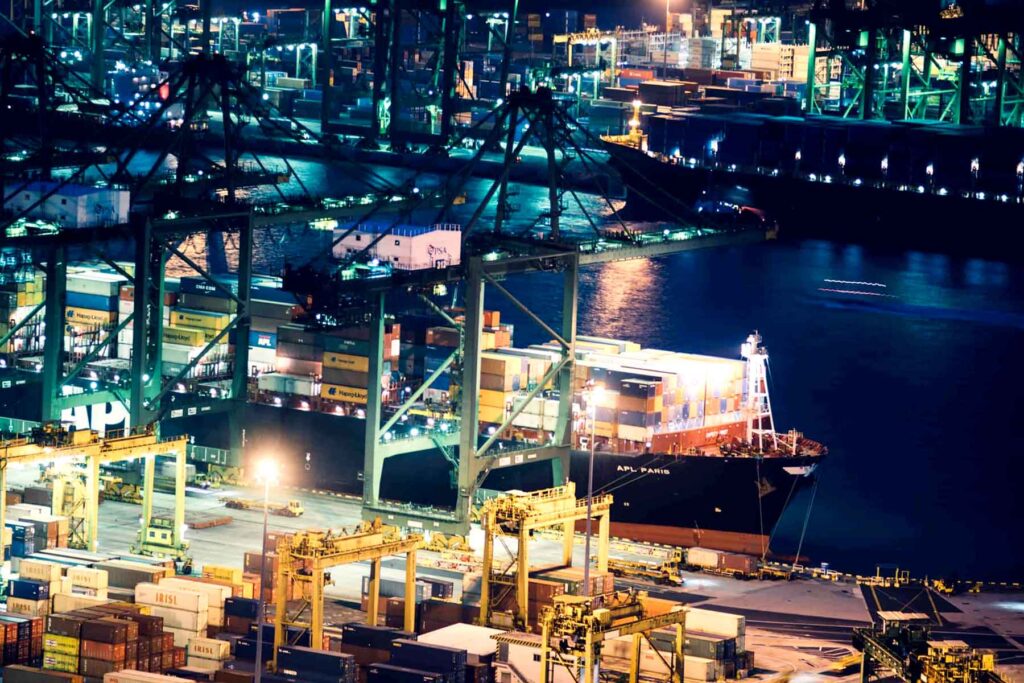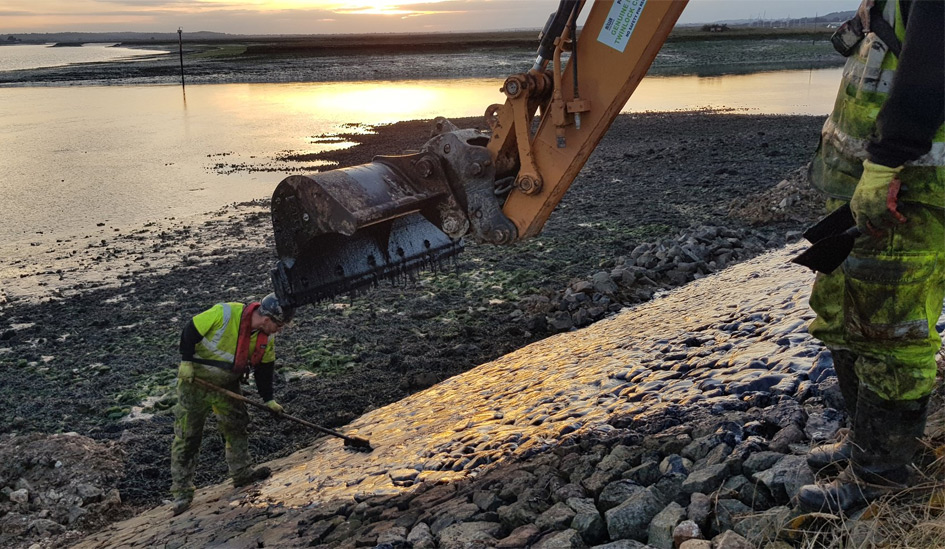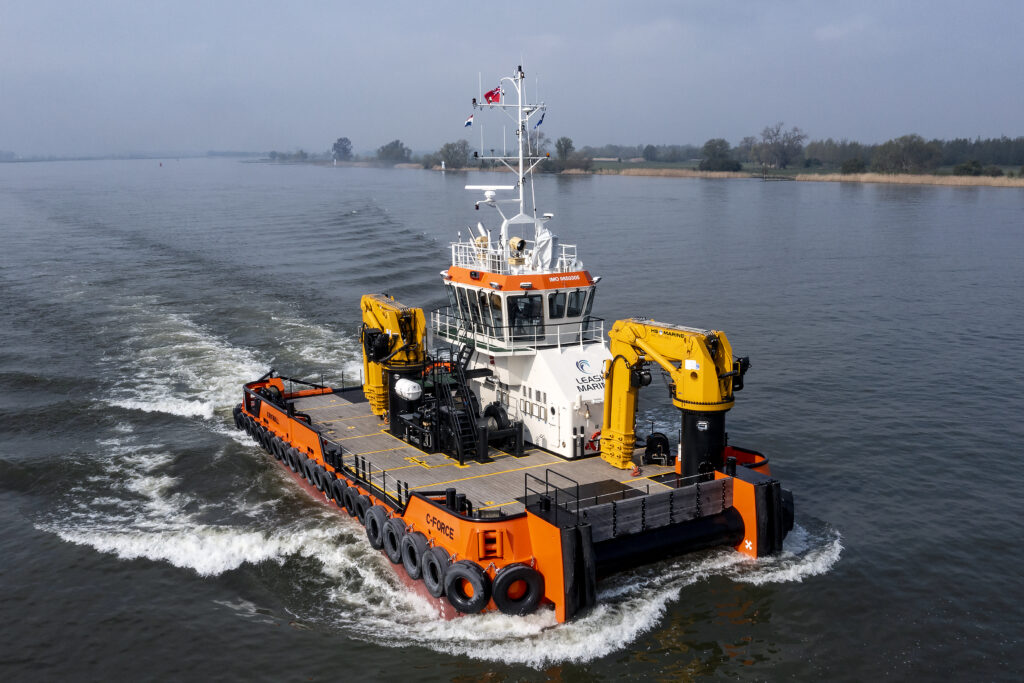Technology is becoming more and more central to the way we live, communicate, work, travel, even the way we construct and ship. We rely on it now more than ever, on both a personal and commercial level. Meanwhile, humanity is changing very rapidly, which is mainly a side effect of how quickly our digital world is developing. But technology is a wonderful thing, and it’s uses can dramatically improve many areas in an industry, and as it’s our forte, we want to focus on its use within the marine industry, specifically looking at smart ports.
In 2019, the Government published the Maritime 2050 document, where it specifically addressed the benefits of smart ports and the need for digitalisation and autonomous vessels moving forward, particularly as we form new trade deals post-Brexit. Around 95% of the UK’s imports and exports take place via the sea, and the maritime industry as a whole is worth about £46.1bn to the UK’s economy, contributing more than both air and rail combined, while the demands on shipping are only expected to rise. So, enabling our ports to efficiently support this demand, while continuing to grow, is crucial to the UK’s maritime industry.
But what is it about smart ports that could make the shipping sector’s future so positive? How will they help to achieve a bigger and better future for the Maritime sector? Here are just a few innovative characteristics of smart ports which make them so important for the future:
Digital Twins
Supported by Artificial Intelligence and the Internet of Things, digital twins can be used to model a physical asset, such as a quay wall or some type of infrastructure. By simulating its physical twin before it’s built, ports can save money and resources by ensuring that the structure will be built to perform with optimal efficiency. They also mean that potential scenarios can be acted out on the digital twin before deployment, meaning problems can also be identified and solved before they’ve even happened, saving money on repairs, and improving health and safety. This efficient way of aligning the physical and digital world gives insights into the impact that environments have around structures, while they maximise a ports efficiency greatly.
Signage and Signals
Lowering congestion has been heavily focused on in the UK’s Port of Dover, which sees 10,000 lorries and 90,000 passengers every day leading to about 10 miles of congestion. With Brexit upon us, queues could quadruple as check in time lengthens, meaning we could see 40 miles of traffic. I know I wouldn’t want to be sat in that! But aside from the overwhelming boredom, the emissions released from this much idling is very harmful to the environment. So, in 2015/16 they invested in a project which would aim to take these 4km lengths of congestion down to give zero waiting times. Smarter technology was bought in to achieve this, using 15 Variable Message Signs, signalling systems and barriers, along with vehicle recognition. This enables drivers to either be directed straight through customs onto the site, or quickly directed into the correct lane leading each driver to their ferry hassle-free by vehicle recognition and signage. This type of technology will be used heavily in smart ports, while complying with light emission standards by keeping light pollution to a minimum.
Autonomous Vessels
Many believe that autonomy is critical for the future of shipping. As mentioned above, a massive proportion of the UK’s trade comes in overseas, and the Port of Dover alone sees 120 ferries coming in a day. But a great deal of manpower is required to operate just one ship, so if we can reduce the need for so much manpower by utilising crewless vessels, we could potentially see greater amounts of trading, allowing for further growth of the industry. If a ship is programmed, it could be controlled remotely, and they could also recognise other vessels and navigation aids around them, improving safety and reducing the risk of human error. The potential of autonomy could also help to reduce emissions by becoming more efficient at saving fuel, making it possible to drop off goods at the closest available point to where they need to be, reducing road traffic again.
The use of Smart Ports is a very exciting prospect for the future of UK maritime. Naturally, there are some challenges that come with such big changes, such as cybersecurity, but with technology advancing exponentially, there are always solutions to challenges like these, and the advantages that could come with smart ports, and the massive potential in them, is hugely positive. The advancement in research on this topic, and the introduction of some technologies by some ports already gives us a lot of hope for the UK’s lead in maritime and smart ports; the future is inspired.






